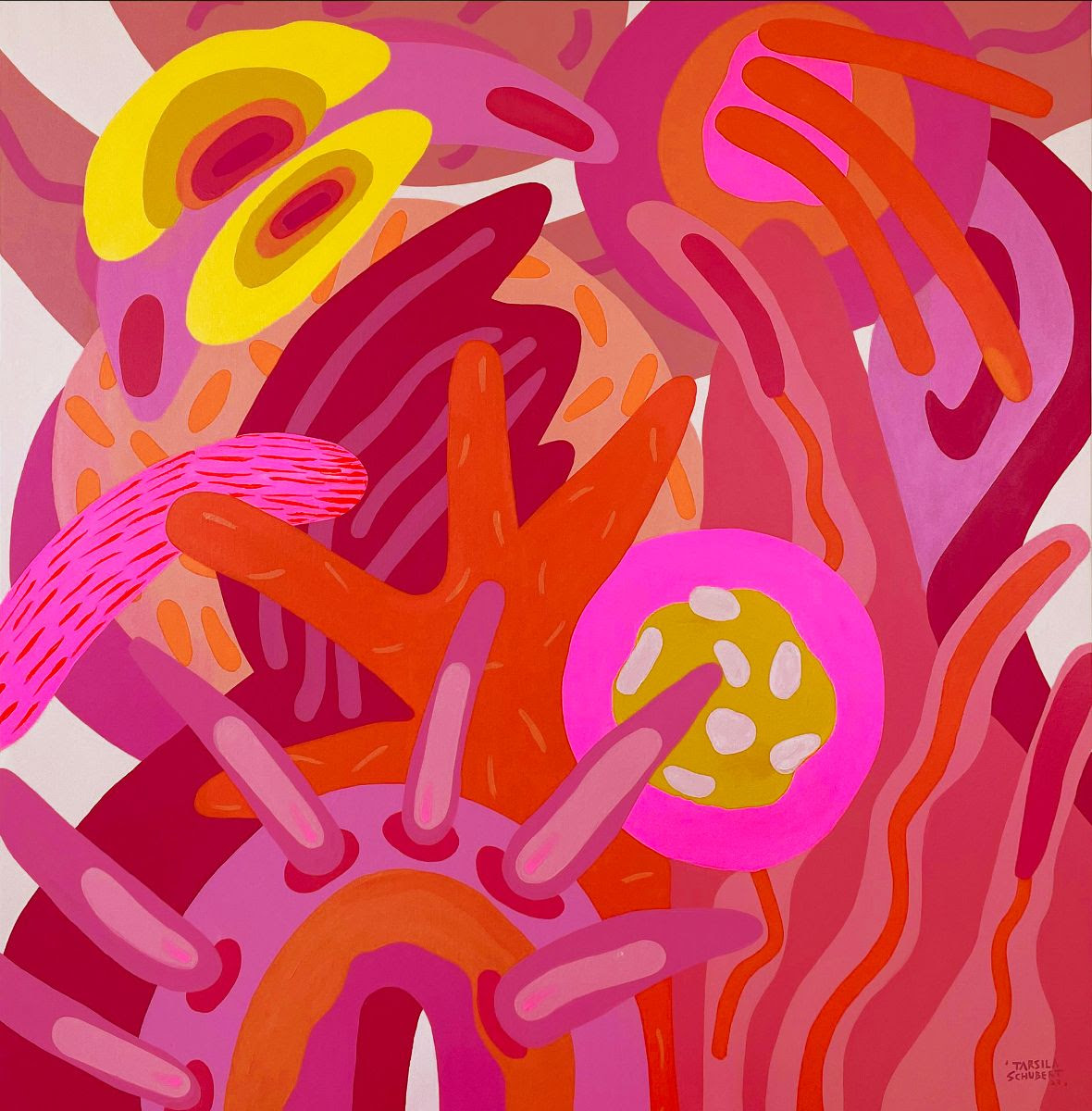Now and Ever. Pattern and Decoration

Il titolo della mostra Now&Ever. Pattern and Decoration richiama il movimento Sorto a New York nel 1975, Pattern and Decoration ha dato voce a una delle reazioni più significative al minimalismo e all’arte concettuale di quegli anni.
Comunicato stampa
Stimuli for interpretation of today’s world often come from fragments of history, especially those less well known, awaiting discover or rediscovery. Starting from the easily demonstrable premise that minimalism, particularly in American art, has represented a dominant line extending to the present, there are nevertheless cultural and visual variants that have delved into decorative attitudes, the coexistence of “extraneous” materials arriving from minor forms or from mass culture.
Today we are more apt to talk about contaminations, and the ongoing exchanges between high and low are a coherent legacy of the postmodern. But this was not the case in the 1970s, and in fact the short-lived adventure of Pattern and Decoration represented an exception that can now be interpreted as an absolutely foresighted expressive phenomenon.
Pattern and Decoration began in New York in 1975, not exactly as a movement or a group, but more like one of the most significant reactions to minimalism and conceptual art. A number of abstract painters of different generations – such as Valerie Jaudon, Joyce Kozloff, Miriam Schapiro – gathered in Manhattan to talk about new decorative trends. Pattern and Decoration took concrete form in a series of public encounters, events and conferences, and in the first group show Ten Approaches to the Decorative. Critical acclaim came immediately, along with commercial success. Supported and promoted by the gallerist Holly Salomon first and influential critics of the time, Pattern and Decoration achieved good visibility both in America, with the exhibition Pattern Painting at PS1, and in Europe, thanks to the first overseas exhibition at Palais des Beaux Arts in Brussels.
What we can take away from this historical account, and observe in this interesting exhibition produced by Galleria Antonio Colombo, is first of all the resurgence of pattern above and beyond a secondary, subordinate and ancillary status. The participants in Now and Ever. Pattern and Decoration are the French artist Lucas Beaufort, born in Cannes in 1981, the Americans Jacob Hashimoto, born in Greeley (Colorado) in 1973, Andy Cruz of House Industries, founded with Rich Roat in 1990s Delaware, and Barry McGee, born in San Francisco in 1966. Two women are also taking part: Fulvia Mendini, born in Milan in 1966, and Tarsila Schubert, born in Brasil in 1987.
Their works are very different, but they share a way of operating through influences that go beyond the academic sphere. They break down the boundary between art and design, programmatically avoiding the distinction between motif and boundless decoration, between background and foreground. Without placing emphasis on specific aspects of the composition, which covers the surface from one edge to the other, in an all-inclusive design, there is the use of a variety of media, ranging from painting on unconventional materials, to ceramics, lithography and fabric.
The exhibition will be accompanied by a catalog with text by Luca Beatrice.
LUCAS BEAUFORT
ANDY CRUZ of HOUSE INDUSTRIES
JACOB HASHIMOTO
BARRY McGEE
FULVIA MENDINI
TARSILA SCHUBERT



